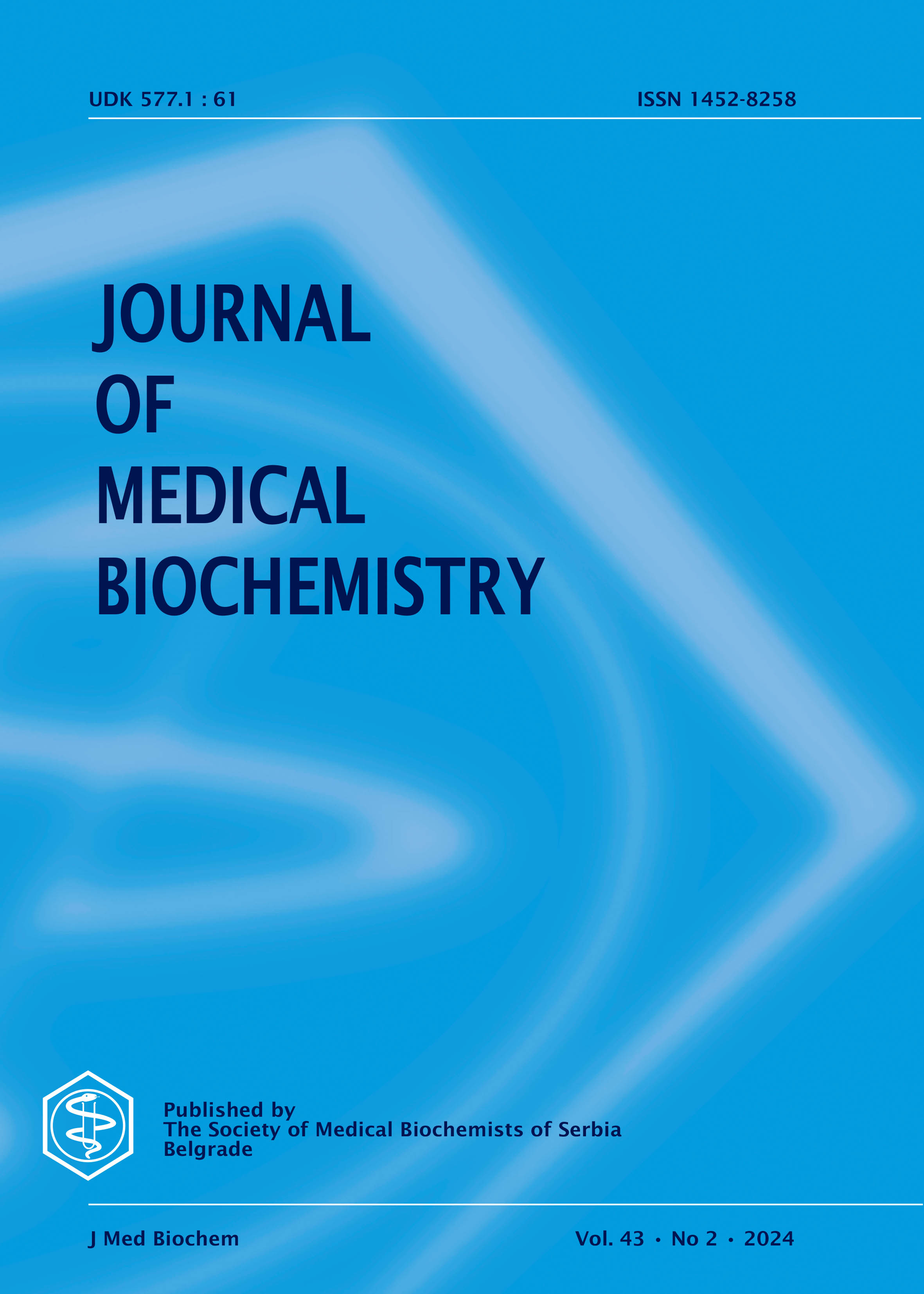Анализа вазоактивних и оксидативних показатеља стреса за процену ефикасности континуираног притиска позитивног дисајног пута и однос вазоактивних и оксидативних показатеља стреса и срчане функције у опструктивним пацијентима Синдроме пацијената
Sažetak
Objective: The work was to analyze vasoactive and oxidative stress indicators for evaluating the efficacy of Continuous positive airway pressure (CPAP), and evaluate the relation of vasoactive and oxidative stress indicators and cardiac function in Obstructive Sleep Apnea Syndrome (OSAS) patients.
Methods: OSAS patients (n = 120) from May 2021 to June 2022 were treated with CPAP. According to the clinical efficacy, the patients were divided into effective group and ineffective group. Vasoactive factors and oxidative stress indices were compared between the two groups to evaluate their clinical efficacy. The changes of cardiac function indices in the two groups were tested, and the correlation between vasoactive factors and oxidative stress indices and cardiac function was analyzed.
Results: The effective rate of CPAP was 63.33% (76/120). Levels of Ang II, ET-1 and MDA were lower and SOD level was higher in the effective group than the ineffective group after treatment. AUC of the four indicators was all greater than 0.75. LPWT and IVST values of the effective group were lower than the ineffective group. A positive correlation was identified between the levels of AngⅡ, ET-1, and MDA with LPWT, between levels of ET-1 and MDA with IVST, and a negative correlation between SOD with LPWT and IVST.
Conclusion: CPAP treatment can effectively improve the vascular activity and reduce the oxidative stress response of OSAS patients, and the combined detection of vasoactive factors and oxidative stress indicators is valuable for evaluating the efficacy of CPAP, and is related to cardiac function.
Sva prava zadržana (c) 2023 Xiaohong Ni, Jinhua Wang, Yu Tian, Hongyan Ke, YuanGao Liao, Yanwen Lv

Ovaj rad je pod Creative Commons Autorstvo 4.0 međunarodnom licencom.
The published articles will be distributed under the Creative Commons Attribution 4.0 International License (CC BY). It is allowed to copy and redistribute the material in any medium or format, and remix, transform, and build upon it for any purpose, even commercially, as long as appropriate credit is given to the original author(s), a link to the license is provided and it is indicated if changes were made. Users are required to provide full bibliographic description of the original publication (authors, article title, journal title, volume, issue, pages), as well as its DOI code. In electronic publishing, users are also required to link the content with both the original article published in Journal of Medical Biochemistry and the licence used.
Authors are able to enter into separate, additional contractual arrangements for the non-exclusive distribution of the journal's published version of the work (e.g., post it to an institutional repository or publish it in a book), with an acknowledgement of its initial publication in this journal.

